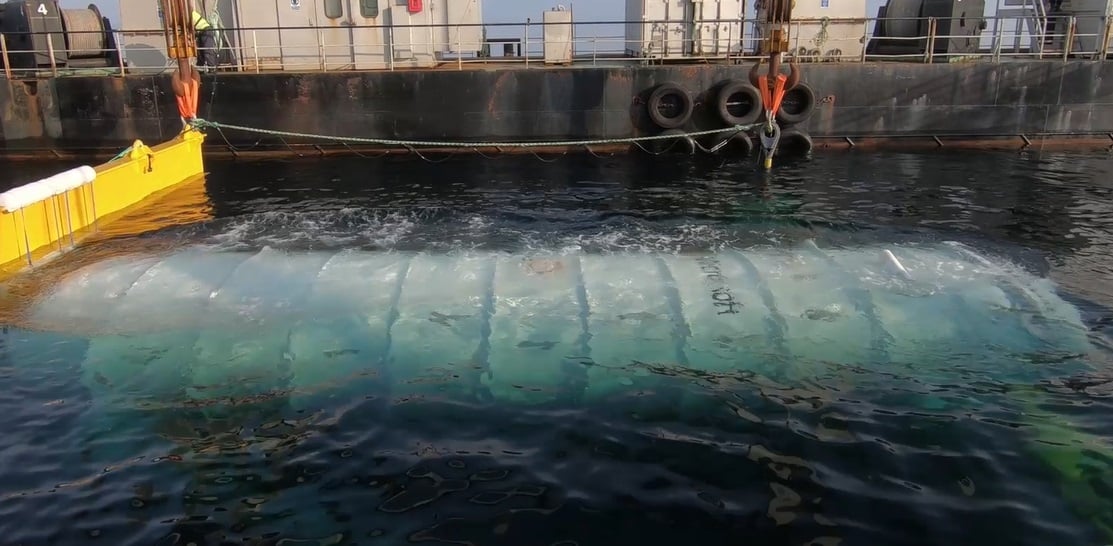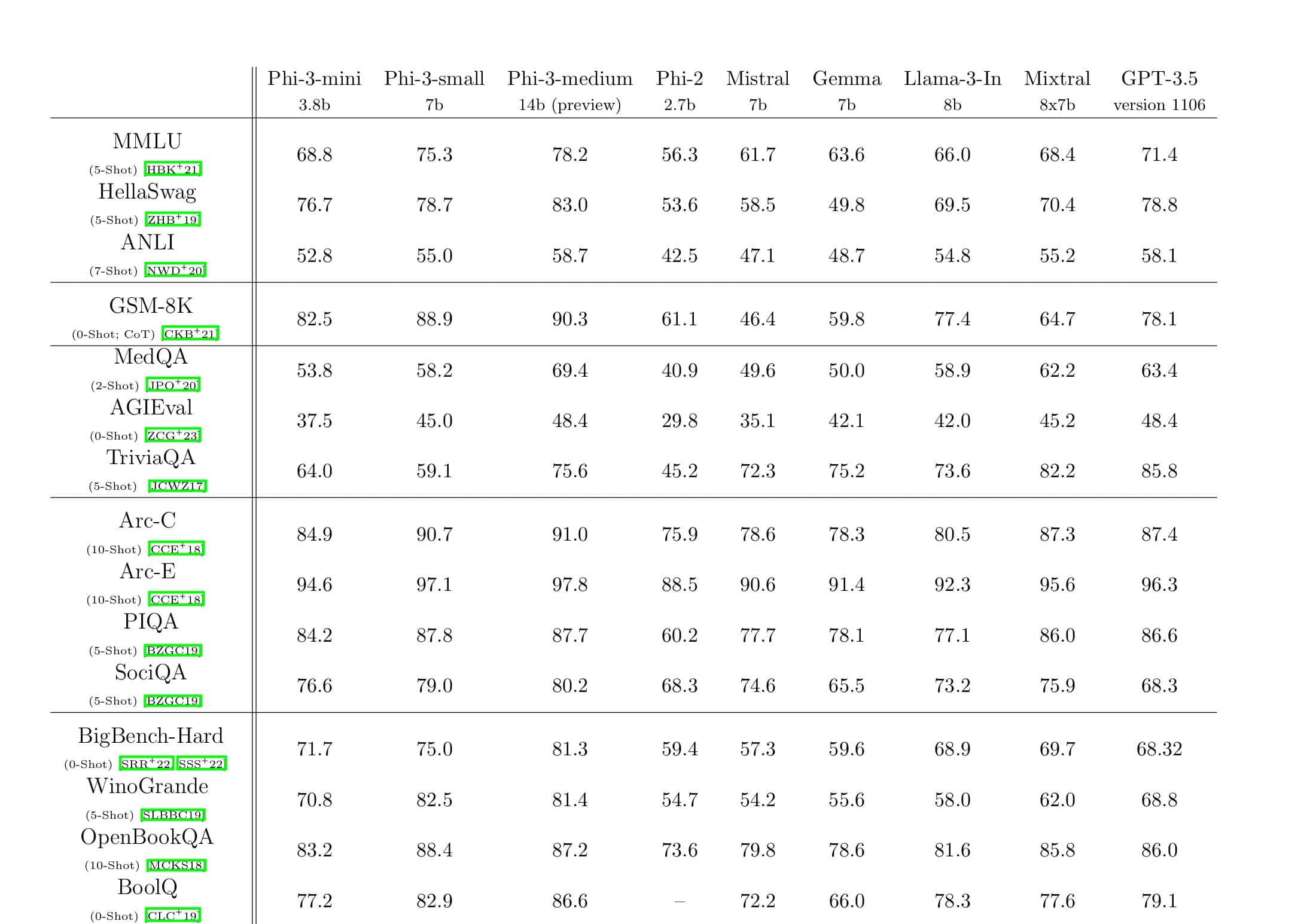Microsoft's Project Natick criticized for using ocean as heat sink
3 min. read
Updated on
Read our disclosure page to find out how can you help MSPoweruser sustain the editorial team Read more

A few months ago Microsoft installed their Project Natick underwater data centre in the Scottish seas and began using it as a live data centre, studying the feasibility of the project under real-life conditions for 12 months.
Deploying datacenters along the coast has a significant advantage, data speeds. Since most of the world’s population lives within about 120 miles of the coast, data needs to travel less distance to reach coastal people.
It also takes advantage of the free cooling and renewable energy provided by the underwater location.
At the Future Decoded conference, Microsoft CEO Satya Nadella recently called Project Natick the future of data centres, boasting “It was very fast to build, the entire supply chain of it, from start to finish, was 90 days.”
Not everyone is however happy with Microsoft’s approach to cheap cooling.
SPIE UK director of energy & engineering George Adam acknowledged the benefits, but noted “However, given huge international concern about the rising temperature of the oceans and the wider implications for the environment, using the ocean as a heat exchange to reduce energy used to cool data centres, could be construed as conflicting with environmental objectives.”
Adam’s main issue is not with the ocean heating, but in fact, wasting the heat in the ocean.
“Critically, Project Natick, and numerous other initiatives aimed at reducing the energy expenditure associated with data centres, usually treats the heat generated as waste. We need to change this approach particularly as the global energy consumption of data centres is due to expand from its current 3% to about 14% by 2050,” says Adams.
SPIE, who specializes in efficient buildings, notes “The solution to dealing with the heat by-product does lie in localised data centres, but ones that where access to using the heat is viable. However, to keep throwing away this increasing level of waste heat is not acceptable in relation to mitigating climate change.”
While SPIE’s objection is probably self-serving, given that winter heating is the issue renewable energy is having the greatest difficulty addressing, it does seem wasteful to dump server heating in the ocean and then burn fossil fuel to heat homes and other buildings, particularly when Microsoft expects the cloud to grow exponentially over the next few years.
The idea of heating homes with waste server heat is not just theoretical. Facebook’s Odense system warms 6,900 homes, and thousands of more homes are being heated by data centre servers in Stockholm and other European cities that employ district heating. Nerdalize places servers in individual homes just for that purpose.
Is Project Natick taking the wrong approach to sustainability? Let us know below.









